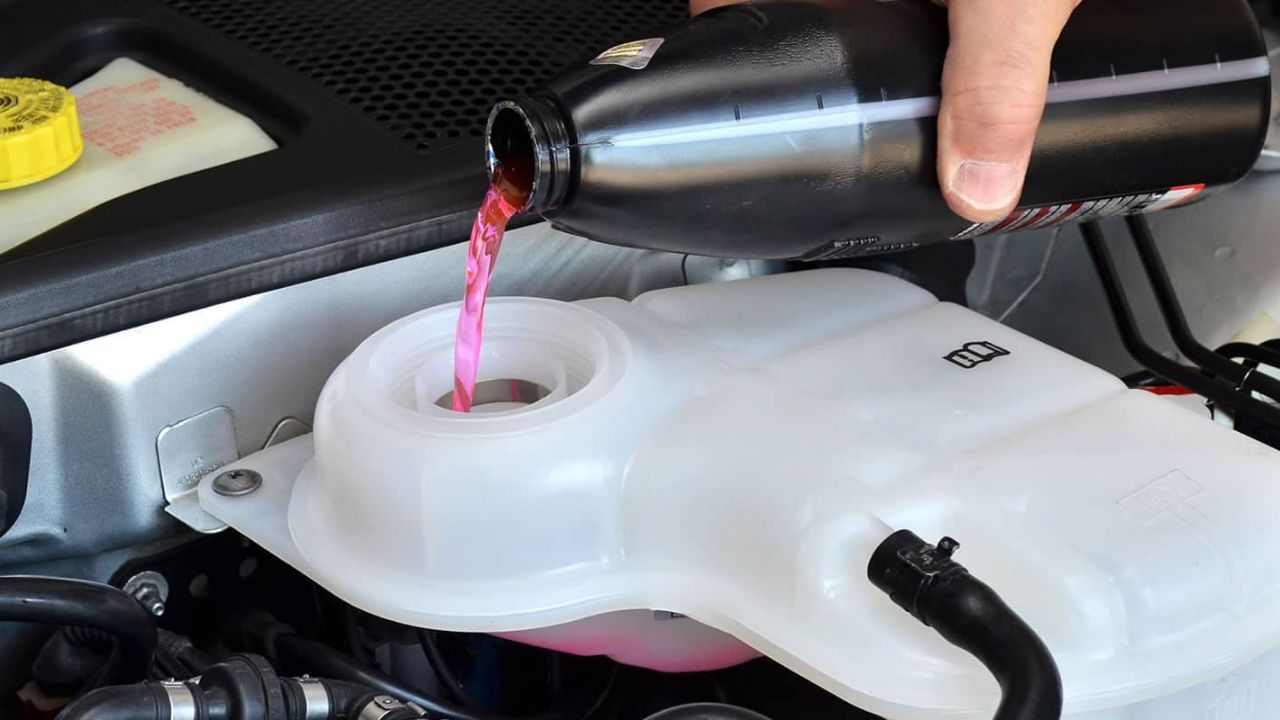How to Reset Car Computer: A Comprehensive Guide to Troubleshooting and Optimization
Why and When to Reset a Car Computer: A Step-by-Step Guide
Resetting your car’s computer (ECU) can help resolve various issues, especially when dealing with persistent warning lights or poor engine performance. Below is a detailed breakdown of when and why to perform a reset, with a step-by-step guide to ensure you’re doing it correctly.
1. When the “Check Engine” Light Stays On
- Reason: The most common scenario for resetting a car computer is when the “check engine” light stays on, even after fixing the underlying problem. This could be due to the car’s ECU retaining old error codes.
- Solution: Resetting the ECU will clear the error codes and turn off the warning light, ensuring the dashboard accurately reflects the vehicle’s condition.
Step-by-Step Process:
- Fix the underlying mechanical or sensor issue causing the warning light.
- Perform a computer reset to clear out old codes.
- Check if the “check engine” light goes off after restarting the car.
2. After Replacing Major Car Components
- Reason: After replacing essential components like the battery, fuel system parts, or sensors, the ECU needs to recalibrate itself to adjust to the new parameters.
- Solution: A reset ensures the ECU adapts properly to the new components and optimizes the vehicle’s performance.
Step-by-Step Process:
- Complete the installation of the new car parts (e.g., battery or sensors).
- Disconnect the battery (or follow an alternative reset method).
- Wait for about 10-15 minutes to ensure the computer fully resets.
- Reconnect the battery and start the car to check for any issues.
- Test drive the vehicle to confirm optimal performance.
3. Signs That Indicate Poor Engine Performance
- Reason: The engine may start performing poorly due to an outdated computer calibration. This can result in stalling, sluggish acceleration, or inefficient fuel use.
- Solution: Resetting the ECU can restore performance by refreshing the system’s baseline for monitoring the engine’s operations.
Step-by-Step Process:
- Monitor any engine performance issues like stalling or sluggishness.
- Perform a reset by disconnecting the battery or using a scan tool.
- Restart the vehicle and check if the performance improves during driving.
4. Persistent Electrical or Sensor-Related Issues
- Reason: If the car’s sensors or electrical components (e.g., O2 sensor, throttle position sensor) are sending faulty readings, it could affect the car’s performance and cause dashboard warnings.
- Solution: Resetting the ECU helps recalibrate and fix any electrical or sensor glitches.
Step-by-Step Process:
- Check for any electrical or sensor issues using an OBD scan tool.
- If no mechanical faults are detected, proceed with the reset.
- Drive the car to confirm the sensor readings are accurate and any electrical issues are resolved.
5. After a Recent Battery Replacement
- Reason: Replacing the car battery can disrupt the computer’s memory, which could lead to inconsistent readings or even trouble starting the car.
- Solution: Resetting the ECU after replacing the battery will ensure the car adapts properly and maintains optimal functionality.
Step-by-Step Process:
- Install the new battery.
- Perform a manual reset by disconnecting and reconnecting the new battery.
- Wait for 10-15 minutes before turning the ignition.
- Monitor for any issues, such as warning lights or trouble starting.
6. When Faulty Readings Occur from the Sensors
- Reason: Faulty sensor readings can trigger dashboard lights or incorrect adjustments in the car’s system (e.g., fuel mixture). Resetting helps recalibrate these systems.
- Solution: Resetting the ECU clears out old data and allows the sensors to start gathering fresh information.
Step-by-Step Process:
- Identify which sensor readings are inconsistent using a scan tool.
- Perform a reset of the ECU to clear stored error codes.
- Recheck the sensor readings and ensure they’re functioning correctly.



Post Comment